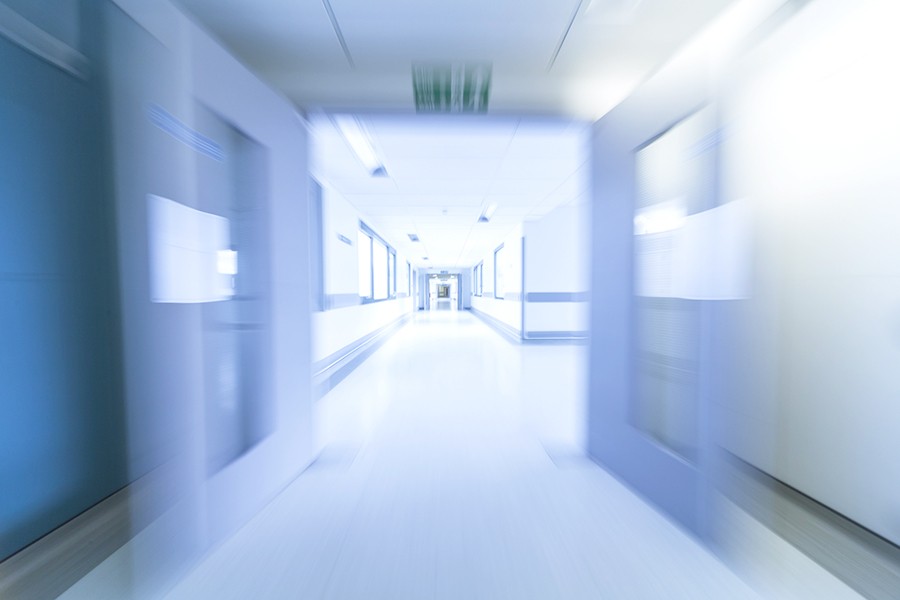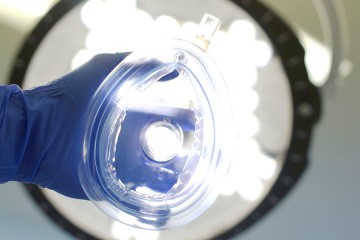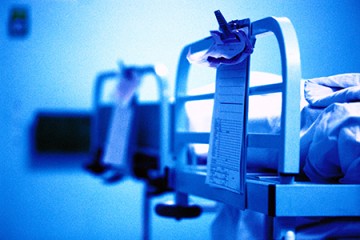In emergency rooms across the U.S., people are charged on average 340 percent more than what Medicare pays for services and treatments, with minorities and uninsured patients bearing the brunt of overcharges, a new study from the Johns Hopkins University School of Medicine has found.
The study, published online today in JAMA Internal Medicine, illustrates the need for greater transparency in hospital pricing, says senior investigator Martin Makary, a professor of surgery at JHU's School of Medicine.
"There are massive disparities in service costs across emergency rooms, and that price gouging is the worst for the most vulnerable populations," Makary says. "Our study found that inequality is then further compounded on poor, minority groups, who are more likely to receive services from hospitals that charge the most."
For the study, researchers examined medical billing records dated in 2013 for 12,337 emergency medicine physicians in nearly 300 hospitals in all 50 states, then cross-referenced those records with the 2013 American Hospital Association database to determine the size, regional location, and other details of the emergency department, such as urban/rural status, teaching status, and for-profit status. They compared the costs billed to patients and the Medicare allowable amount—the sum of what Medicare pays for a service or procedure.
The relationship the researchers uncovered between the charges billed to patients and the Medicare allowable amount was known as the markup ratio. A markup ratio of 4.0, for example, means that for a service with a Medicare allowable amount of $100, the hospital charged patients $400—which would be 300 percent over the Medicare allowable amount.
Researchers found that emergency medicine physicians on average had a markup ratio of 4.4 compared to the Medicare allowable amount—resulting in 340 percent more in charges. Emergency departments that charged patients the most were more likely to be located in for-profit hospitals in the southeastern and Midwestern U.S. and serve populations of uninsured African-American and Hispanic patients. Wound closure services had the highest median markup ratio at 7.0, and interpreting head CT scans had the greatest in-hospital variation, with markup ratios ranging between 1.6 and 27 within a single hospital.
"This is a health care systems problem that requires state and federal legislation to protect patients," says Tim Xu, a fourth year medical student at JHU and the study's first author. "Patients really have no way of protecting themselves from these pricing practices."
Read more from Hopkins MedicinePosted in Health
Tagged medicare, hospitals, health care costs











